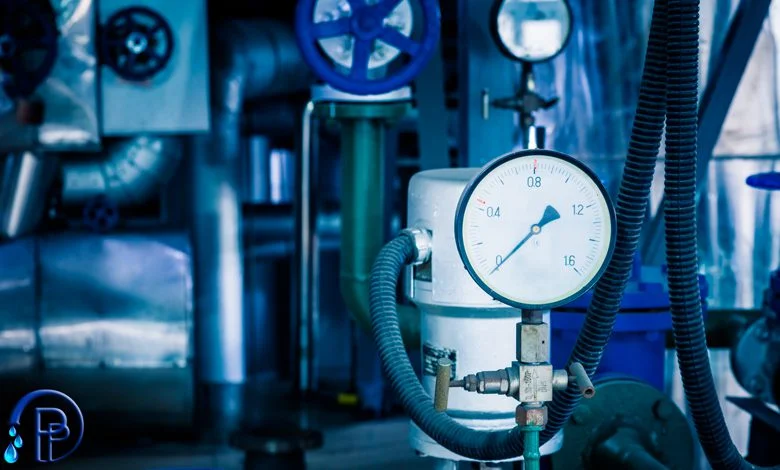Introduction
Water meters are essential tools for measuring water consumption, helping to manage water resources efficiently. Proper installation and maintenance ensure accuracy and longevity, while offering numerous benefits to both consumers and utility providers. Accurate water measurement is critical for fair billing, leak detection, and promoting water conservation.
Installation Requirements
- Site Selection:
- Accessibility: Choose a location that is easily accessible for reading, maintenance, and repairs. Accessibility ensures that routine checks and any necessary repairs can be carried out without difficulty.
- Protection: Ensure the site is protected from extreme temperatures and physical damage. Extreme weather conditions and physical impacts can affect the meter’s functionality and lifespan.
- Pre-Installation Preparation:
- Piping System Inspection: Inspect the piping system for leaks or damages. Any pre-existing issues should be resolved before installing the meter to prevent inaccurate readings.
- Shut Off Water Supply: Shut off the water supply before installation. This step is crucial to avoid water flow during the installation process, which could complicate the procedure and potentially damage the meter.
- Installing the Meter:
- Positioning: Position the meter according to the manufacturer’s instructions, ensuring correct orientation (flow direction). Incorrect positioning can lead to inaccurate readings and potential damage.
- Connections: Securely connect the meter to the pipe using appropriate fittings. Proper connections prevent leaks and ensure the meter functions correctly.
- Leak Testing: Test for leaks by gradually turning on the water supply and checking all connections. Ensuring there are no leaks at the outset can prevent water loss and damage to surrounding areas.
- Post-Installation Testing:
- Functionality Verification: Verify the meter’s functionality by comparing its readings with actual water flow. This initial test confirms that the meter is operating correctly.
- Recording Initial Reading: Record the initial meter reading for future reference. This baseline reading is important for tracking water usage over time.
Maintenance Requirements
- Regular Inspections:
- Wear and Damage Checks: Check for signs of wear, leaks, or damage. Regular inspections help identify and address issues early, preventing more significant problems.
- Cleanliness: Ensure the meter and surrounding area are clean and free of debris. A clean environment helps maintain the meter’s accuracy and longevity.
- Calibration:
- Periodic Calibration: Periodically calibrate the meter to maintain accuracy. Calibration ensures that the meter continues to provide precise readings.
- Professional Calibration Services: Follow the manufacturer’s guidelines or hire a professional for calibration services. Professional services can provide more precise calibration than self-administered checks.
- Repairs and Replacements:
- Prompt Issue Resolution: Address any detected issues promptly to avoid inaccuracies. Prompt repairs can prevent small issues from becoming major problems.
- Approved Model Replacements: Replace faulty meters with approved models to ensure consistency. Using approved models ensures compatibility and reliability.
- Data Logging:
- Record Keeping: Keep records of meter readings and maintenance activities. Accurate records help track water usage and monitor the meter’s performance.
- Usage Pattern Analysis: Use data to identify usage patterns and detect anomalies. Analyzing data can reveal trends and potential issues, such as leaks or unusual consumption patterns.
Benefits
- Accurate Billing:
- Precise Measurements: Water meters provide precise measurements of consumption, leading to fair billing. Accurate billing helps build trust between consumers and utility providers.
- Leak Detection: Helps in detecting leaks and reducing water wastage. Early detection of leaks can save water and reduce costs.
- Resource Management:
- Monitoring and Management: Enables utility providers to monitor and manage water distribution effectively. Effective management ensures sustainable use of water resources.
- Unauthorized Usage Detection: Assists in detecting unauthorized water usage. Identifying unauthorized usage can prevent water theft and ensure fair distribution.
- Cost Savings:
- Prevent Overbilling and Underbilling: Accurate readings prevent overbilling and underbilling. Fair billing ensures that consumers are charged appropriately for their water usage.
- Leak Detection Savings: Early leak detection saves on repair costs and conserves water. Preventing leaks can lead to significant savings over time.
- Consumer Awareness:
- Usage Monitoring: Empowers consumers to monitor their water usage and adopt conservation practices. Awareness of water usage can encourage more sustainable practices.
- Water-Saving Strategies: Provides data for implementing water-saving strategies. Access to usage data helps consumers make informed decisions about water conservation.
Conclusion
Proper installation and maintenance of water meters are crucial for accurate water consumption measurement and resource management. Adhering to installation requirements and conducting regular maintenance not only ensures meter longevity but also brings significant benefits, including accurate billing, resource management, cost savings, and increased consumer awareness. Investing in reliable water metering systems is essential for sustainable water use and efficient utility management.
Additional Resources
- Manufacturer’s Manuals: Refer to specific guidelines provided by meter manufacturers. Manufacturer guidelines provide detailed instructions for installation and maintenance.
- Professional Services: Consider hiring certified professionals for installation, calibration, and repair tasks. Professional services can ensure that the meter is installed and maintained to the highest standards.

